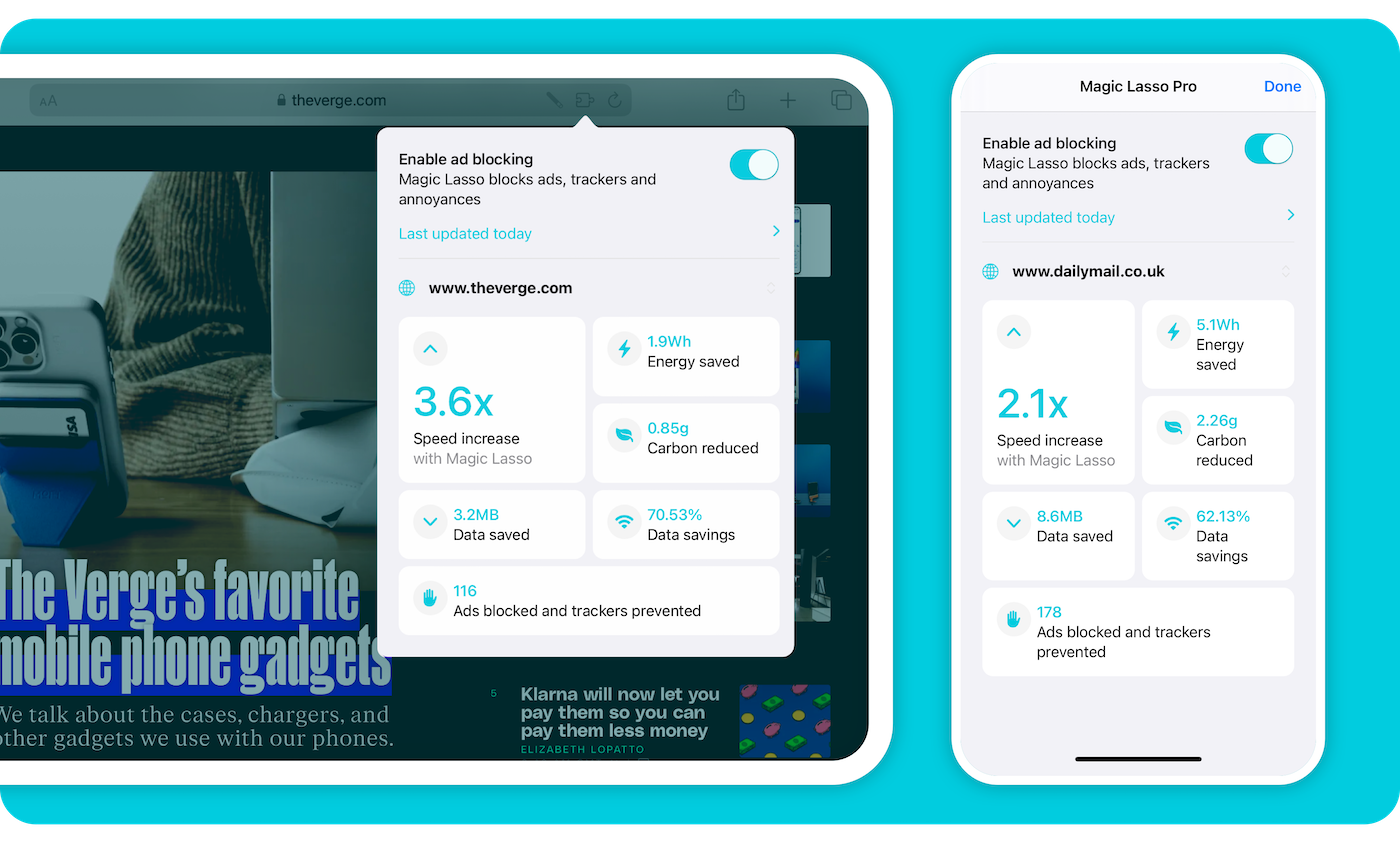Samuel Axon, Ars Technica:
The new iPad Pro is a technical marvel, with one of the best screens I’ve ever seen, performance that few other machines can touch, and a new, thinner design that no one expected.
It’s a prime example of Apple flexing its engineering and design muscles for all to see. Since it marks the company’s first foray into OLED beyond the iPhone and the first time a new M-series chip has debuted on something other than a Mac, it comes across as a tech demo for where the company is headed beyond just tablets.
These are the opening paragraphs for this review and they read just as damning as is the entire article. Apple does not build a “tech demo”; it makes products. This iteration is, according to Axon, way faster and way nicer than the iPad Pro models it replaces. Yet all of this impressive hardware ought to be in service of a greater purpose. Other reviewers wrote basically the same.
Federico Viticci, MacStories:
I’m tired of hearing apologies that smell of Stockholm syndrome from iPad users who want to invalidate these opinions and claim that everything is perfect. I’m tired of seeing this cycle start over every two years, with fantastic iPad hardware and the usual (justified), “But it’s the software…” line at the end. I’m tired of feeling like my computer is a second-class citizen in Apple’s ecosystem. I’m tired of being told that iPads are perfectly fine if you use Final Cut and Logic, but if you don’t use those apps and ask for more desktop-class features, you’re a weirdo, and you should just get a Mac and shut up. And I’m tired of seeing the best computer Apple ever made not live up to its potential.
Viticci was not granted access to a review unit in time, but it hardly matters for reviewing the state of the operating system. Jason Snell did review the new iPad Pro and spoke with Viticci about it on “Upgrade”.
The way I see it is simple: Apple does not appear to treat the iPad seriously. It has not been a priority for the company. Five years ago, it forked the operating system to create iPadOS, which seemed like it would be a meaningful change. And you can certainly point to plenty of things the iPad has gained which are distinct from its iPhone sibling. But we are fourteen years into this platform, and there are still so many obvious gaping holes. Viticci mentions a bunch of really good ones, but I will add another: I cannot believe Photos cannot even display Smart Albums.
Every time I pick up my iPad, I need to charge it from a fully dead battery. Once I do, though, I remember how much I like using the thing. And then I run into some bizarre limitation — or, more often, a series of them — that makes me put it down and pick up my Mac. Like Viticci, I find that frustrating. I want to use my iPad.
The correct move here is for Apple to continue building out iPadOS like it cares about its software as much as it does its hardware. I have no incentive to buy a new one until Apple decides it wants to take iPad users seriously.

